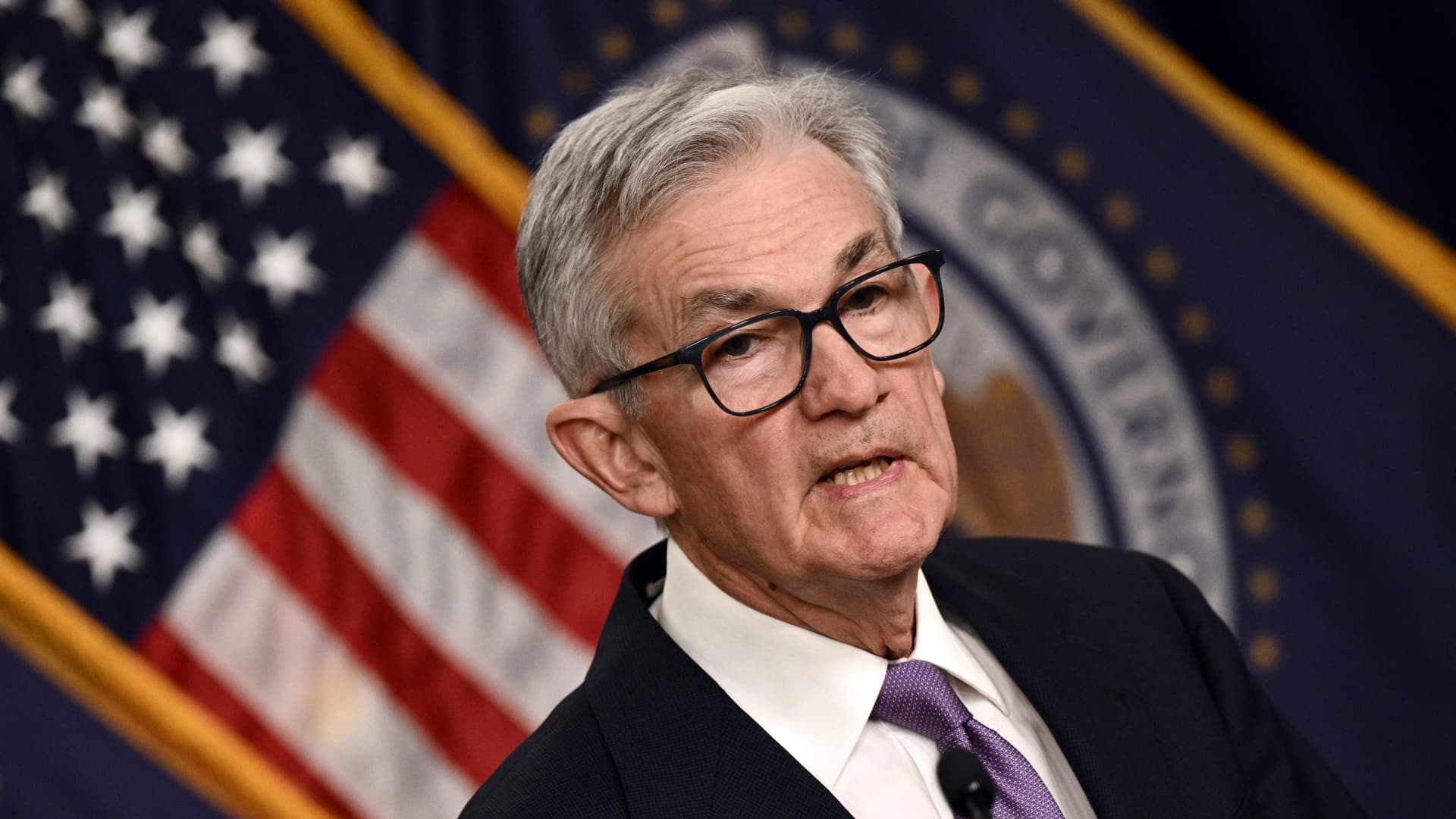Solid economic economic growth combined with decelerating inflation feels like the perfect combination for the Federal Reserve to dial down its restrictive monetary policy. Not so fast. Even with gross domestic product moving forward at a 3.3% annualized pace and core inflation at 2% for the fourth quarter, there are still dilemmas for the central bank as officials decide what to do next. “The Fed is actively trying to engineer a soft landing. With inflation now down dramatically although still high, the panic mode is probably in the past,” said Beth Ann Bovino, chief economist at U.S. Bank. “That said, the Fed is also very mindful with this resurgence in demand there also could be a resurgence in inflation that puts the Fed at a position of lowering [interest rates] but maybe not as fast as the market expects.” The Commerce Department’s Bureau of Economic Analysis reported Thursday that GDP grew well in excess of the Wall Street consensus for a 2% pace, adjusted for inflation and seasonal factors. The pace was down from the 4.9% acceleration in Q3 but still brought full-year growth to 2.5%. Much of that boost came from consumer activity and a government that spent over half a trillion dollars more than it took in. Exports also provided a boost to the $28 trillion economy, as did private investment and inventories. More broadly, though, the resilient nature of the economy brought the Fed closer to its goal of arresting inflation without crushing growth. But there’s still work to be done. On the balance between the threat of overheating growth and the positive developments on inflation, Bovino thinks the Fed will be more inclined to cast a wary eye on the growth side. “If the Fed can pull it off, they’ll be the Comeback Kids,” she said. “They have their work cut out for them.” Mindful that inflation still can come back as demand runs high, Bovino thinks the Fed will be reticent to cut quickly and instead take a more measured pace that probably leads to four quarter-percentage point decreases this year. Markets, though, have other ideas. Following the report, traders in the fed funds futures market still assigned a 47.4% chance of the first cut in March, and put a 57.2% probability to six total cuts in 2024, according to the CME Group . The market, though, is pricing in virtually no chance of a cut at next week’s Federal Open Market Committee meeting. “The members of the Fed’s interest rate setting committee will come into work with songs in their hearts when they meet next Tuesday and Wednesday for the first meeting of the year,” Bill Adams, chief economist for Comerica Bank, said in commentary following the GDP release. “Even so, after the Fed badly missed their inflation target over the last few years, Chair [Jerome] Powell will restrain the urge to skip to the podium at the press conference following the decision.” The Fed, then, will get to see a few more key data points before March, including employment and inflation reports for January and February. “The strong GDP release complicates the task for the Federal Reserve,” wrote Gus Faucher, chief economist at PNC Financial Services. “The FOMC is likely to take a wait-and-see approach” and wait to cut until the middle part of the year. That seems to be a popular view even if traders haven’t gotten the message yet. “Typically, what the Fed does is be really cautious on either either end of the cycle,” said Dan North, senior economist for North America at Allianz Trade. “They want to make absolutely sure inflation is killed, and they’re not going to cut rates until that is the case.”

 business
business 